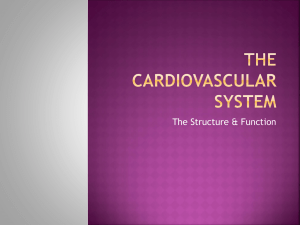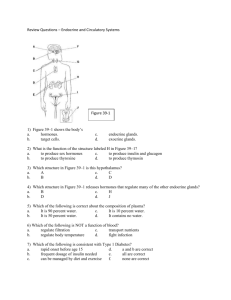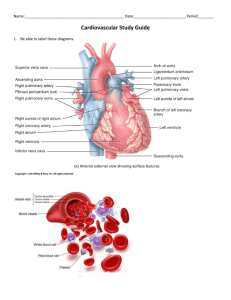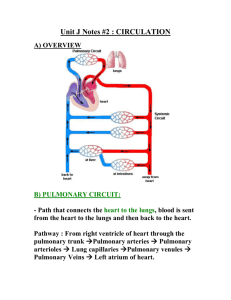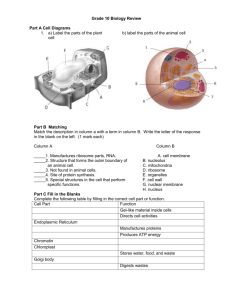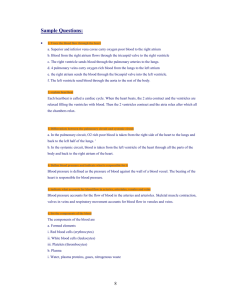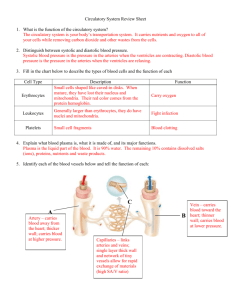Exam10
advertisement
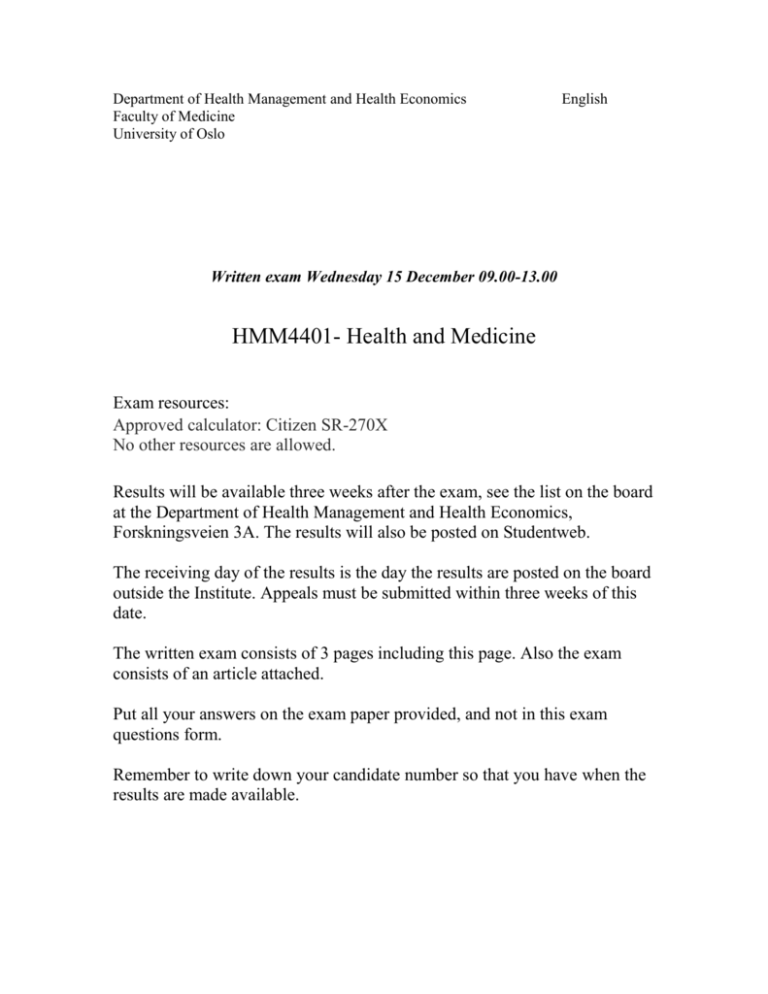
Department of Health Management and Health Economics Faculty of Medicine University of Oslo English Written exam Wednesday 15 December 09.00-13.00 HMM4401- Health and Medicine Exam resources: Approved calculator: Citizen SR-270X No other resources are allowed. Results will be available three weeks after the exam, see the list on the board at the Department of Health Management and Health Economics, Forskningsveien 3A. The results will also be posted on Studentweb. The receiving day of the results is the day the results are posted on the board outside the Institute. Appeals must be submitted within three weeks of this date. The written exam consists of 3 pages including this page. Also the exam consists of an article attached. Put all your answers on the exam paper provided, and not in this exam questions form. Remember to write down your candidate number so that you have when the results are made available. Final Examination HMM4401 – 15th of December 2010 A: Endocrinology and diabetes (10 points, maximum ½ page) 1. Hyperthyroidism is a condition in which there is an overactivity of the thyroid gland. What symptoms may occur? 2. What is the main physiological problem in diabetes mellitus type I? 3. List four common medical complications of diabetes B: Neurology - obesity (10 points, maximum ½ page) 1. Mention three differnt types of headaches 2. Obesity is a major public health concern. Give examples of at least four other diseases that obesity may lead to or significantly increase the risk for C: Physical activity and mental disorders (40 points, maximum 2 pages) Read carefully the paper “Physical activity and common mental disorders” by Harvey and co-workers. 1. What type of study design was used? 2. Make a critical assessment of the article 3. Would you recommend physical activity to prevent depression and/or anxiety? D: Infectious diseases (10 points, maximum ½ pages) 1. Name the 6 links in the chain of Infection 2. Describe briefly 2 interventions that break the chain of infection, thus preventing spread of disease 3. Select the statements bellow that are advantages of a strategy of eradication of an infectious disease: a) Diseases with animal or environmental reservoirs are easy to eradicate b) Once disease is truly eradicated, further control efforts can be abandoned c) Cost savings continue indefinitely when disease is eradicated d) Resources needed are minimal e) Expenditures for eradication are temporary f) Once incidence is very low, surveillance and control efforts are no longer necessary E. Rheumatoid diseases (10 points, maximum ½ page) 1. Name two examples of inflammatory rheumatic diseases (RA) 2. Osteoarthritis is a commonly occuring degenerative joint disease. What are the key characteristics of this disease? 3. Which of the following statements about RA are true? (more than 1 may be correct) a) early, aggressive treatment of RA ensures the best outcome for RA patients b) Some RA patients are treated with biologic drugs that intercept their immune responses c) RA rarely shows up on X-rays d) Many RA patients are seropositive, meaning they have certain antibodies in their serum e) RA can be triggered by smoking in some genetically prone individuals f) RA is a chronic disease g) Internal organs can sometimes be affected h) RA is most commonly diagnosed in young men i) RA can be avoided by dieting F: Cells and tissues (10 points) 1. What is transcription (genetics)? Brief answer, 1-2 sentences 2. What two places in the gastrointestinal tract do the main processes of digestion take place after eating carbohydrate rich meal? 3. What element holds bones together in the skeletal system? 4. In which form do humans store excess energy? G: Cardiovascular disease (10 points, maximum ½ page) 1. Blood flows through the greater circulation in the following sequence: A. left ventricle, aorta, venae cavae, right atrium B. right ventricle, pulmonary veins, pulmonary artery, left atrium C. right ventricle, pulmonary artery, pulmonary veins, left atrium D. left ventricle, pulmonary artery, venae cavae, right atrium 2. Through what vein does the return of the blood from the head and body to the heart take place through? 3. What are the modiafiable risk factors for atherosclerosis? 4. What are non-modiafiable risk factors for atherosclerosis? H: Earn up to 10 extra points from non-mandatory question (10 points, max ½ page) 87 year old Martha wakes up early in the morning. Lately she has increasingly often had the problem of dizziness and a near-fainting feeling by the time she is ready to get out of bed. What do you think is the most important reason for this, and what is the mechanism? Is there any treatment for this?
